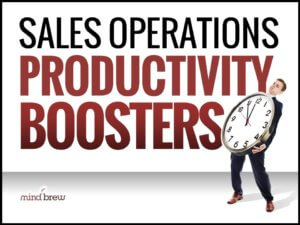Sometimes something that seems quite hard becomes much easier when you learn the trick.
One of our favorite examples of this phenomenon involves a trick for finding out percentages. Sure, it’s pretty easy to calculate 10% or 5% or 50% of a number. But what about when you need to figure out a percentage that isn’t a nice round number? For example, what if you need to find 8% of 25 in a hurry (and you don’t have your phone or a calculator handy)?
The “trick” for figuring out this kind of percentage is actually something you learned about in elementary school — the commutative property of multiplication.
In case it’s been a while since you read the glossary in a 4th grade math book, the commutative property of multiplication says that it doesn’t matter what order the numbers are in when you multiply them. So 2 x 4 is exactly the same as 4 x 2.
What people sometimes forget is that calculating a percentage is a multiplication problem. So the commutative property applies. Instead of trying to figure out what 8% of 25 is, you can just figure out what 25% of 8 is. The answer, of course, is 2.
(And yes, it’s okay if you want to take a minute to use your phone to check that our math works out. It does.)
The point here isn’t to give you a handy math trick (although it is pretty helpful in certain situations). The point is that there are “tricks” that can help you in sales ops, just like there are “tricks” that can help you with arithmetic.
One of our favorite sales ops tricks is whitespace analytics.
If you’re not familiar with the concept, whitespace analytics is all about figuring out what your customers should be buying from you but are actually buying from someone else. It helps you identify cross-sell and up-sell opportunities and then to quantify those opportunities so that you can pursue the opportunities that are most likely to result in the biggest revenue and margin increases.
It’s all about seeing something that isn’t there — yet.
If this is a new concept to you, seeing something that isn’t there might seem nearly impossible. But it’s not. In the same way that it’s easy to figure out 8% of 25 if you know the trick, it’s easy to find the sales that you’re missing once you know the process.
We go through the entire seven-step process in detail in our webinar on Whitespace Analytics. But here it is in a nutshell:
- Prepare your data. (You’ll need a least a year’s worth.)
- Segment/cluster your customers based on similar characteristics.
- Create benchmark models of the mix revenue for each customer.
- Calculate the expected revenue for each customer.
- Apply the benchmark model to each customer to determine their expected product mix.
- Identify the gaps by subtracting each customer’s actual purchases in each product category from their expected purchases in each category.
- Prioritize your opportunities and encourage your sales team to pursue them.
Now, don’t get us wrong, this process isn’t fast. You won’t complete it in a day. But each of the steps is easy to complete — even if you don’t have fancy analytics tools at your disposal. And if you do have fancy analytics tools, it should be a snap.
If you’d like to put this process in practice, watch the whole webinar. It will give you everything you need to get started.
That trick for figuring out percentages can be helpful too, especially if your sales commissions aren’t round numbers. If you share it with your salespeople, you might be surprised how many of them don’t already know it.












